Ertach Kernow - Enjoying the Fowey Estuary
The Fowey estuary is one of the important transport links into Cornwall’s interior and both Fowey and Polruan standing on the opposite sides of the river have made a historical impact over the past centuries, especially regarding shipping.
There are some historic and interesting buildings towards the entrance to the Fowey estuary before actually coming to the town of Fowey. That this was a valuable and militarily important place is testified by St Catherine's Tower standing at the entrance to the estuary and the two blockhouses standing either side of the river. The two blockhouses built in the 14th century had a chain running between Polruan and Fowey to prevent access to shipping during war. The Fowey blockhouse although listed is in a poor state, but the Polruan building whilst roofless is in much better condition. These were rendered obsolete partially due to the advancement of cannon artillery and construction of St Catherine's Tower around 1520. The later fortification was part of Henry VIII’s attempts to protect the Cornish coast again attacks by Spain which later led to construction of the castles at Pendennis and St Mawes guarding the larger estuary at Carrick Roads. St Catherine’s artillery was upgraded in 1855 and the site was used again for anti-aircraft guns during World War II.
Another later tower at Gribbin Head is the daymark tower built by Trinity House. Completed in 1832 this 84 feet high square-built tower has never been lit but used as an aid to shipping entering Fowey Harbour and St Austell Bay. It is opened to the public on special occasions but be warned it has 109 steps. William Rashleigh of Menabilly originally leased the land to Trinity House saying that it would be an ‘ornament to my grounds’. In 1967 the land at Gribbin Head was acquired by the National Trust and later the tower in 1998. The National Trust has worked to encourage a lush herb grassland surrounding the tower and the nearby woodland has a rich covering of wild garlic and other flowering plants in the spring.
Point Neptune the mansion built on a former Napoleonic gun battery for William Rashleigh in the mid-19th century is a stunning property overlooking the River Fowey estuary. With its sea views William preferred this house to his original seat at Menabilly but had only a few years to enjoy it, dying in 1871. He is buried in the Rashleigh Mausoleum on the site of a former gun battery built into the cliff face on St Catherine's Hill. It was inherited by his daughter and following her death in 1905 owned a succession of people, including Hester Parnall the daughter of brewery owner Walter Hicks. She became chairman of St Austell Brewery in 1916 and led it forward with great acumen, guiding the company to exceptional growth. With regard to Point Neptune Hester carried out substantial modernisation and redecoration between 1936 to 1939, perhaps ready for her retirement. Sadly, only three weeks after handing over control of the company Hester suddenly died. Gradually parts of the estate were sold off or given away and later the house converted into holiday apartments. Then in 2006 the house was purchased by the comedians and actors Dawn French and husband Lenny Henry who again carried out large scale renovations. Dawn continued to live at Point Neptune following her amicable divorce and only recently sold it to move to a quieter part of Cornwall near the River Tamar.
The natural environment and conservation are high on the agenda of local heritage groups as well as the councils of towns and parishes that border the larger area around the Fowey estuary. Although Fowey is an old Cornish town the area looks to the future and the economic benefits of heritage tourism and in that they are ahead of the game. More Cornish towns and villages are seeing the benefit of local museums and archives actively supported by their local town and parish councils. Fowey has a wonderful small museum run by enthusiastic volunteers with an eclectic mix of artefacts within a council owned building. It was featured in Michael Portillo’s 2018 visit to Fowey where he chatted with the very knowledgeable curator Helen Luther about Fowey. There is no doubt that the number and quality of visitors attracted to Fowey through its historic and environmental heritage benefits the town and economy significantly. Fowey has benefited greatly from its literary association with Sir Arthur Quiller-Couch and latterly through the Fowey Festival of Arts and Literature. This is perhaps better known to many as the Daphne du Maurier Festival, after the famous author who lived in the area for many years. Here du Maurier wrote many of her best loved novels and where Kenneth Grahame author of Wind in the Willows would sail with his friend Arthur Quiller-Couch and be inspired to write his famous novel. It is believed that Sir Arthur was the model for his character Ratty in the novel and he himself was a famous and popular author during the first half of the twentieth century.
For all its wonderful riverside views beaches are a premium hence the importance to Fowey of Readymoney Cove. This is where Daphne du Maurier lived for a while between April 1942 and September 1943 before moving to the nearby grander Menabilly House. There is some speculation as to the unusual name ‘Readymoney’ and looks suspiciously like an anglicisation of a Cornish name, it certainly has no connection to smugglers or nefarious trades. There was a stream that ran down onto the beach. A clue may be perhaps in the Cornish word element rid or red, according to Dr Oliver Padel, and relate to this watercourse or ford along with the nearby Mundy Rocks named in the 1881 Ordnance Survey.
During its early days, certainly from 1791 Readymoney Cove contained a fish cellar and bark house. John Norden’s late 16th century map pictures seine fishing in the area illustrating its Cornish pilchard fishing history. An example of 19th century industrialisation at the cove is the rather unusual former limekiln building with its turrets. Built in 1819 to produce lime for building on the Rashleigh estate at Menabilly it is thought that the turrets were added by William Rashleigh as part of his construction work at Neptune Point around 1862. These can be seen on a photograph of the limekiln taken about 1900. There has been some additional work over a number of decades from the 1920’s, with the addition of public toilets, café and a viewing platform.
Storms during the 19th century seem to have been particularly fierce causing much damage at Fowey and at Readymoney Cove where the sea walls were destroyed and the sand from the cove was washed away. This exposed like at many other Cornish estuaries and coves facing similar storms preserved submerged prehistoric forest or woodland. In May 1873 a writer complained that during a period of prolonged drought over recent summers the water from ‘another rivulet that runs superficially away into the sands at Readymoney Cove’ whilst residents of Fowey struggled to find drinking water from wells. This small stream, which may have contributed to its name was piped under the sand during the 1930’s to better enhance the beach experience for visitors.
Lying on the outskirts of Fowey this area has an interesting range of buildings and accessible National Trust land to explore and appreciate. Perhaps being away from the major roads it may be somewhere for local people to enjoy during summer months. Let’s just hope the weather improves somewhat though.
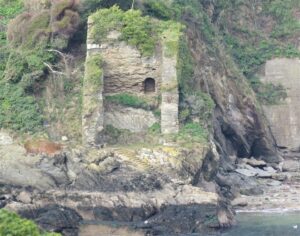
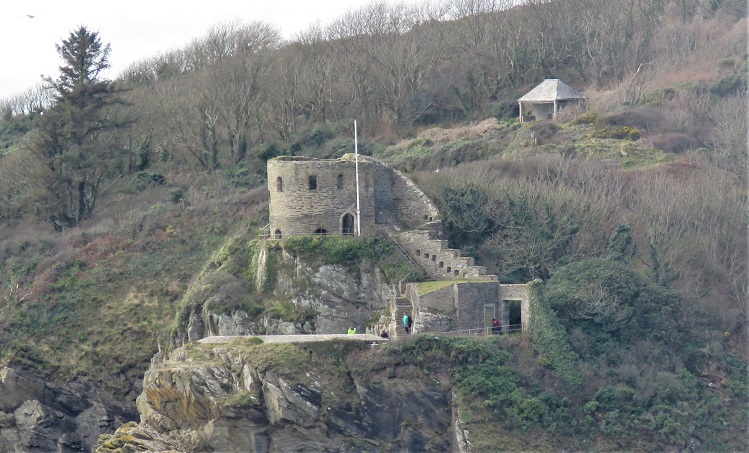
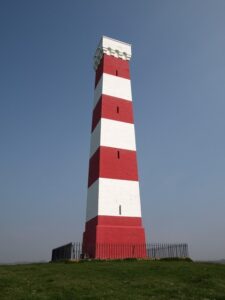
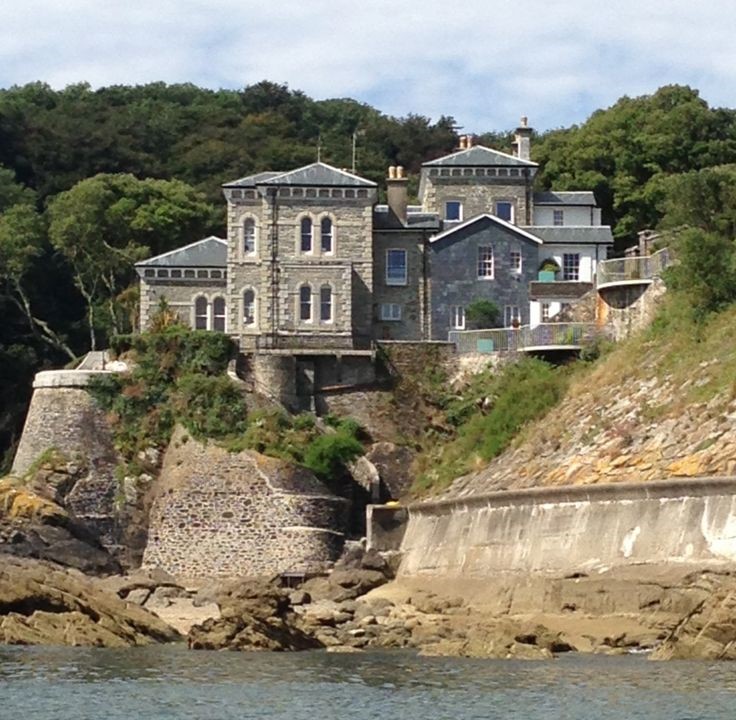
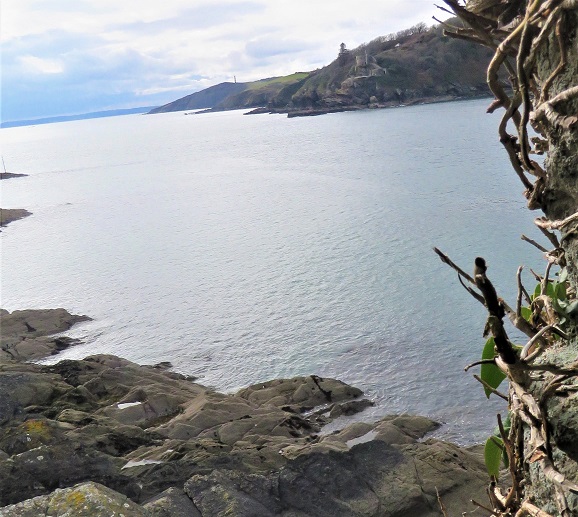
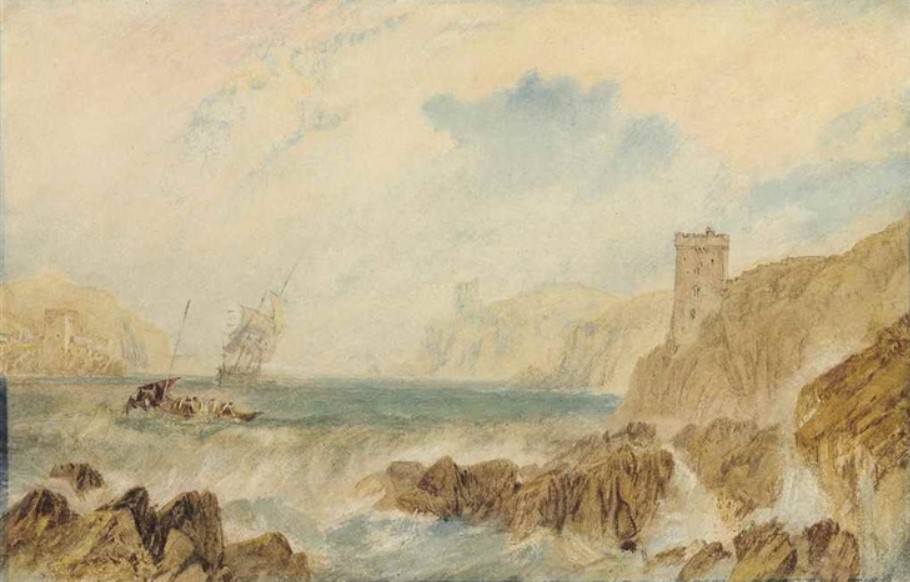
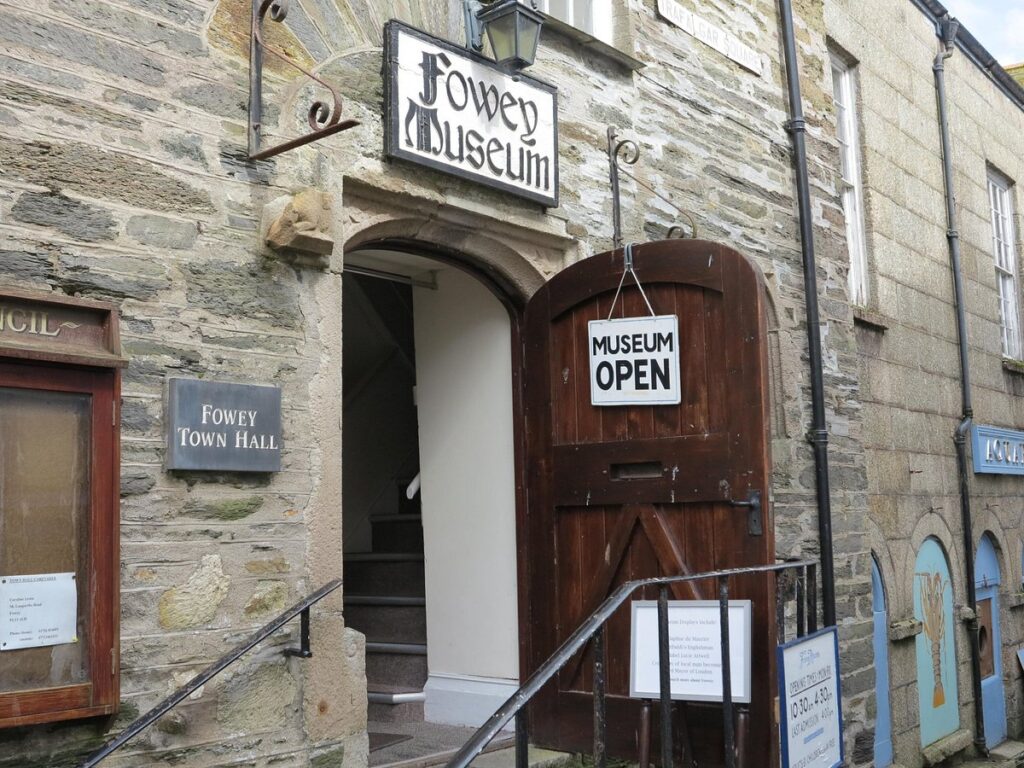
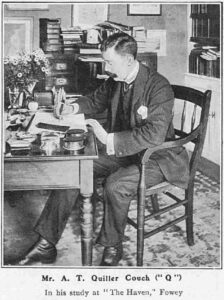
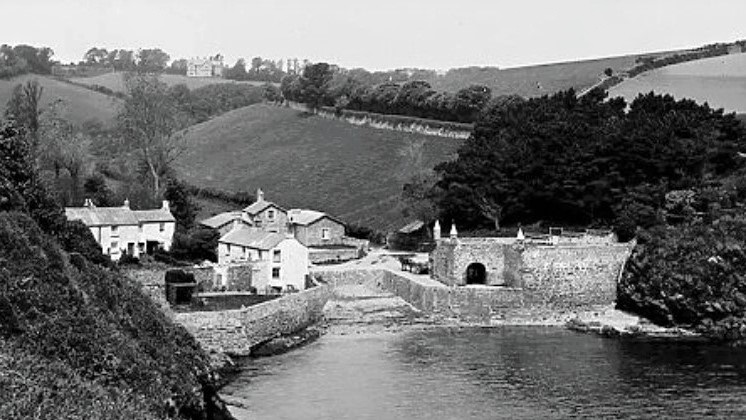
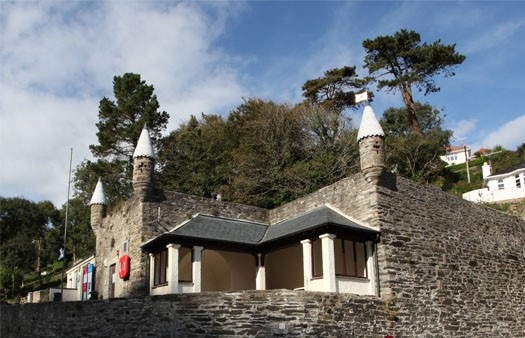
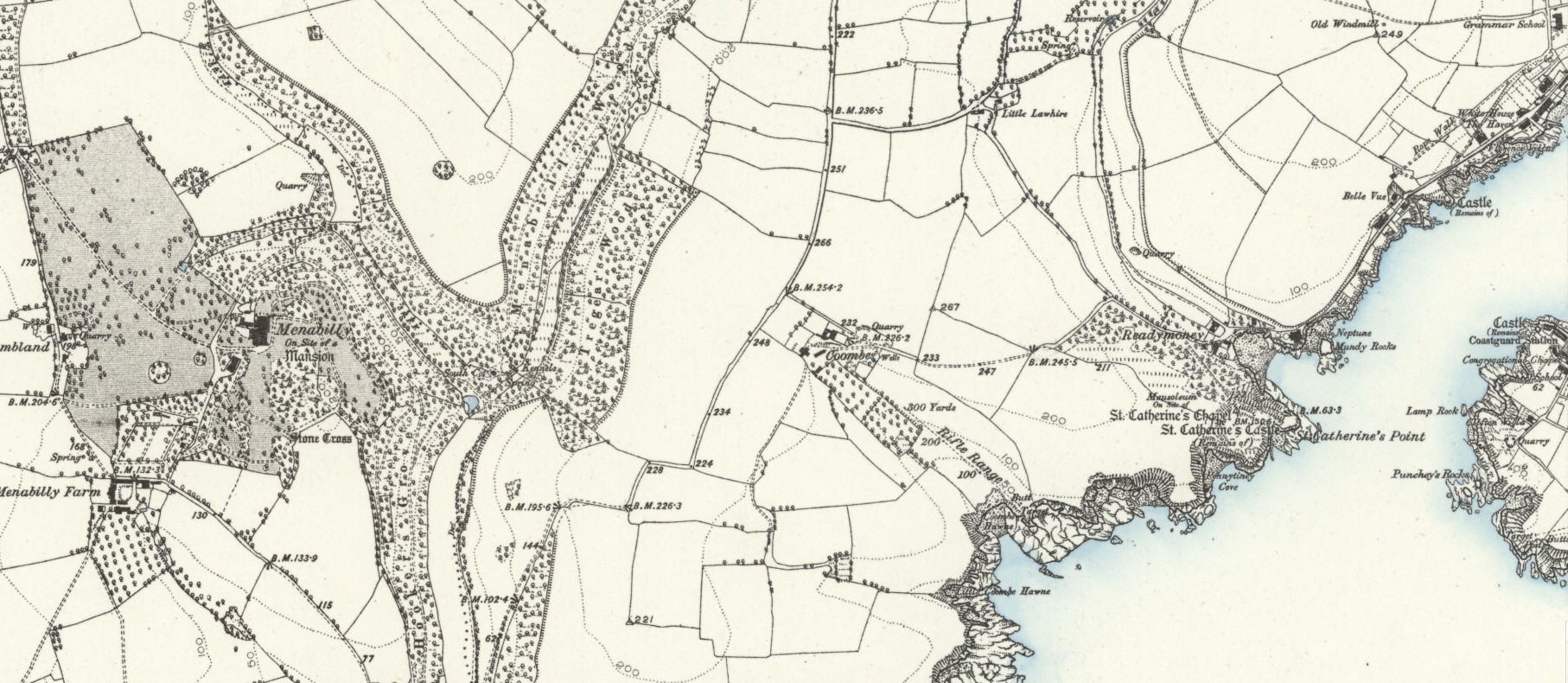
![Ertach Kernow - 02.08.2023 [1] Enjoying the Fowey Estuary](https://www.cornwallheritage.com/wp-content/uploads/2023/08/Ertach-Kernow-02.08.2023-1-254x300.jpg)
![Ertach Kernow - 02.08.2023 [2] Enjoying the Fowey Estuary](https://www.cornwallheritage.com/wp-content/uploads/2023/08/Ertach-Kernow-02.08.2023-2-254x300.jpg)
![[162] Ertach Kernow Heritage Column - 2nd August 2023 - Prayer Book Rebellion, Mining heritage, Nature strategy Ertach Kernow Heritage Column - 2nd August 2023 - Prayer Book Rebellion, Mining heritage, Nature strategy](https://www.cornwallheritage.com/wp-content/uploads/2023/08/162-Ertach-Kernow-Heritage-Column-2nd-August-2023-Prayer-Book-Rebellion-Mining-heritage-Nature-strategy.jpg)